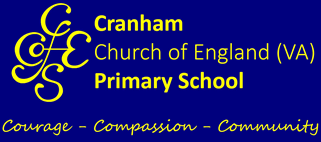Writing Intent: How we plan for this subject...
Structure of writing units
Across KS1 and KS2, our writing is planned in 3 week units:
Week 1 focuses on immersion
Week 2 focuses on scaffolding
Week 3 focuses on independence
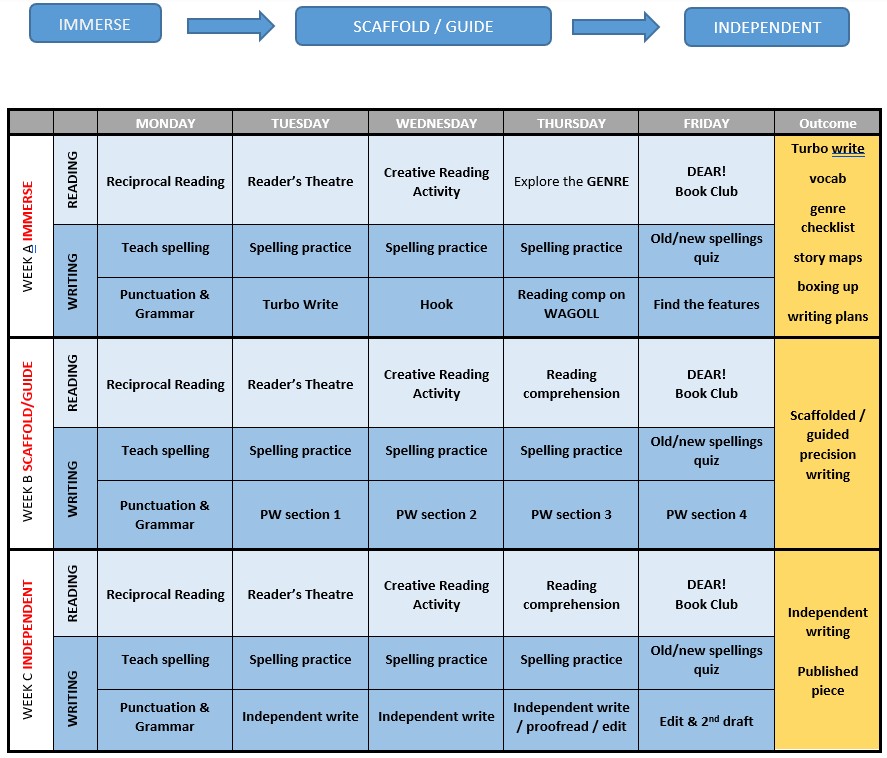 Therefore, two units will be taught every short term, both with strong links to the class topic. One of the units will be based on foundation subject writing (science, geography, RE, history, DT etc.) The other unit is more likely to be fiction. Any extra weeks at the end of the term will focus on poetry.
Therefore, two units will be taught every short term, both with strong links to the class topic. One of the units will be based on foundation subject writing (science, geography, RE, history, DT etc.) The other unit is more likely to be fiction. Any extra weeks at the end of the term will focus on poetry.
Relevant vocabulary, punctuation and grammar are taught at the beginning of each week and recapped daily. Each day, children have a checklist of relevant features and differentiated SPaG objectives on their learning label which they edit during each lesson and which is also used by the teacher to provide feedback. The children receive daily written feedback in weeks 2 and 3 and are given time to edit and purple polish in response. Children are given 'next steps' to focus on each day within week 2 - they prove where they have applied this within their writing by underlining the evidence in blue pencil.
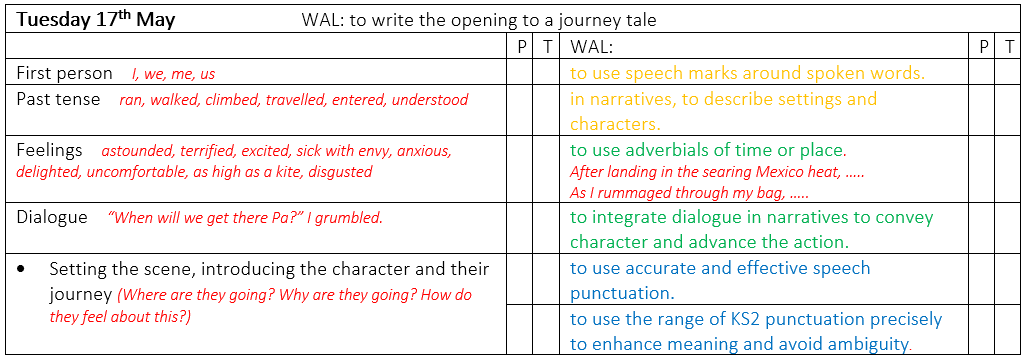
Time is provided for children to proof-read and edit their writing in order to create a final draft.
Within each unit, we also provide discrete lessons for free-writing (turbo writes) which give the children the opportunity to write in any genre or style they choose, without the restraints of features to follow or targets to meet.
Early Writing
The journey to becoming a writer begins in the early days of the children entering our school. We encourage the children to experiment with mark making, using a wide range of implements both inside the classroom and outside too. We encourage children to develop their gross motor skills alongside their fine motor skills. Daily ‘Funky Fingers’ or ‘Dough Disco’ activities are available to develop finger strength and co-ordination. As the children learn the phonic sounds, we teach them to recognise and form the corresponding letters. These are formed using a range of writing tools and developed over time. As children progress, we provide ample opportunities to record their ideas through play and structured adult led sessions. Here they can record their work using a blend of pictures, symbols and emerging letter shapes. As they develop, we enable children to record their writing as independently as possible. We use a range of supporting aids, and model the writing process daily. We celebrate the small steps that they take in becoming confident writers.
EYFS staff use 'Drawing Club' as a support for teaching writing. Based around the golden blend of picture books, tales and animations, adults and children explore their ideas and creativity and adapt teaching to what works best for each child. Drawing Club puts the creative teacher back at the centre of the teaching with freedom to embrace adventure and bring the world of story to life.
- It immerses children in the world of story and shows them the joy of who they are.
- It shares a treasure trove of vocabulary with children to open up the playground of language to them.
- It gives teachers the opportunity to create a library of progress that can be astonishing.
- It develops children’s creativity and imagination, showing them that they are extraordinary.
- It gives EYFS children age-appropriate practice that is highly engaging and grounds children in the joy of book snuggling.

Spelling
In KS1 children use Jolly Phonics to support their phonological understanding; their spelling practice at home is carefully sequenced to cover the phonics they have been taught in school that week.
In KS2 we use Spell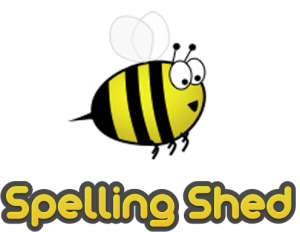 ing Shed to plan, teach and assess the children's spelling ability. The children have access to this at home and are set year-group specific spellings each week to practice. We involve a degree of competition within this practice - the children are able to see their own position within league tables and to challenge each other to Hive Games, although they remain anonymous to their peers.
ing Shed to plan, teach and assess the children's spelling ability. The children have access to this at home and are set year-group specific spellings each week to practice. We involve a degree of competition within this practice - the children are able to see their own position within league tables and to challenge each other to Hive Games, although they remain anonymous to their peers.
Year 3 & 4 Spelling Focus:
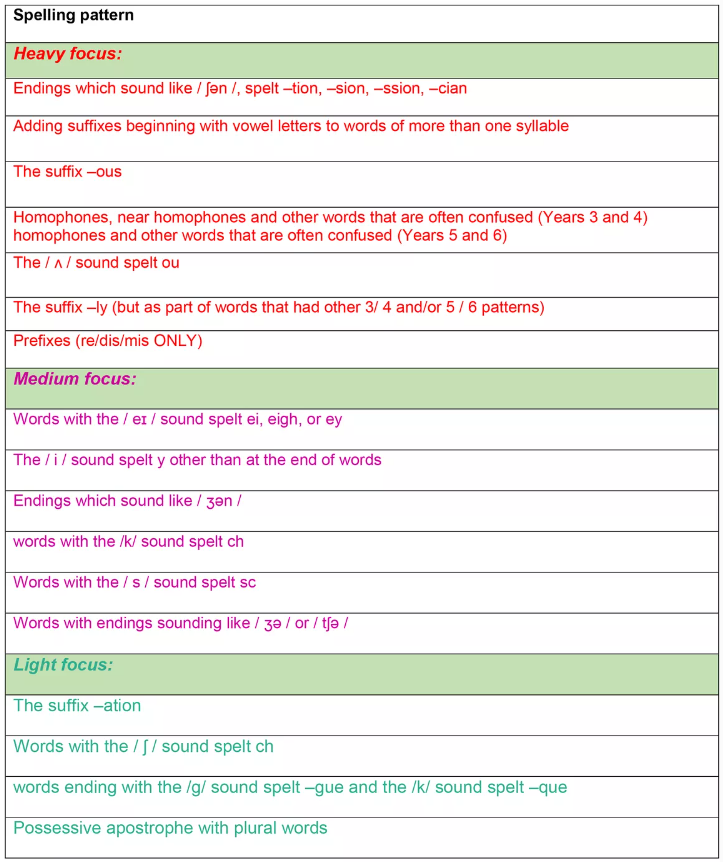
Year 5 & 6 Spelling Focus:
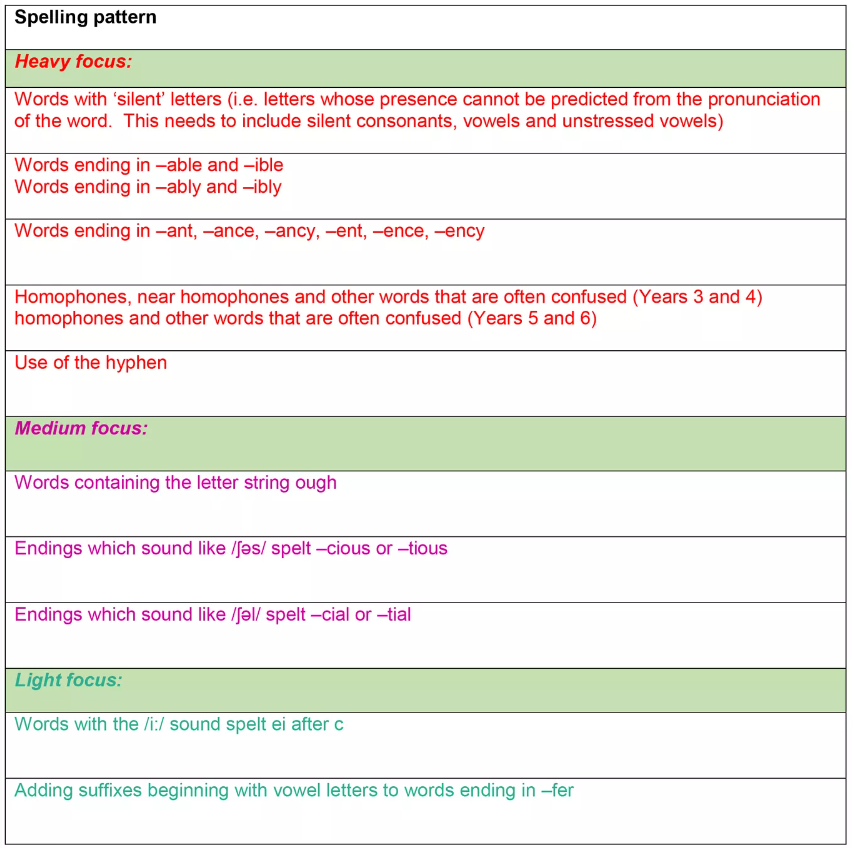
Handwriting
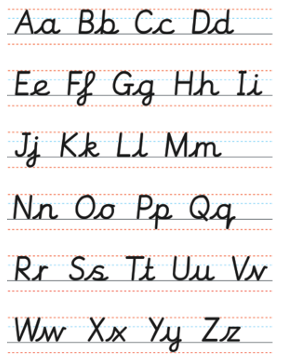
At Cranham we have adopted a cursive handwriting style, where each letter has a ‘lead in’ and ‘feed out’. This style of writing helps children with joining their letters as they progress, and studies suggests that it may support the learning of spelling patterns. From an early age we talk about the positioning of the letters on the line and about using ‘finger spaces’ between words. We teach that capital letters do not join.
Writing Support
At Cranham Primary we recognise that writing is a tricky skill to master and that some children will require more support than others. As well as differentiating the objectives on our learning labels, and displaying adult modelling in every unit, we offer support in a number of other ways including additional adult support and small group work. We also recognise the importance of children becoming independent. Therefore we encourage a range of table-top supporting aids to enable this development. These will be age appropriate and may include word mats, common exception spelling sheets, punctuation prompts, editing aids, displayed models of writing, word journals, sentence type posters etc. These are readily available for children to access.
KS2 children who struggle with age-appropriate spellings have individual word lists created for them to help support them with the phonics sounds they are still finding tricky. Several children also have subscriptions to Nessy, an interactive learning system developed with specialist teachers at the Bristol Dyslexia Centre, that teaches and reinforces reading and spelling through animated fun activities. Daily practice both at home and at school helps to close the gaps in their reading and spelling ability.
Handwriting practice begins in KS1 and continues throughout KS2 until pupils are forming legible joined script.
